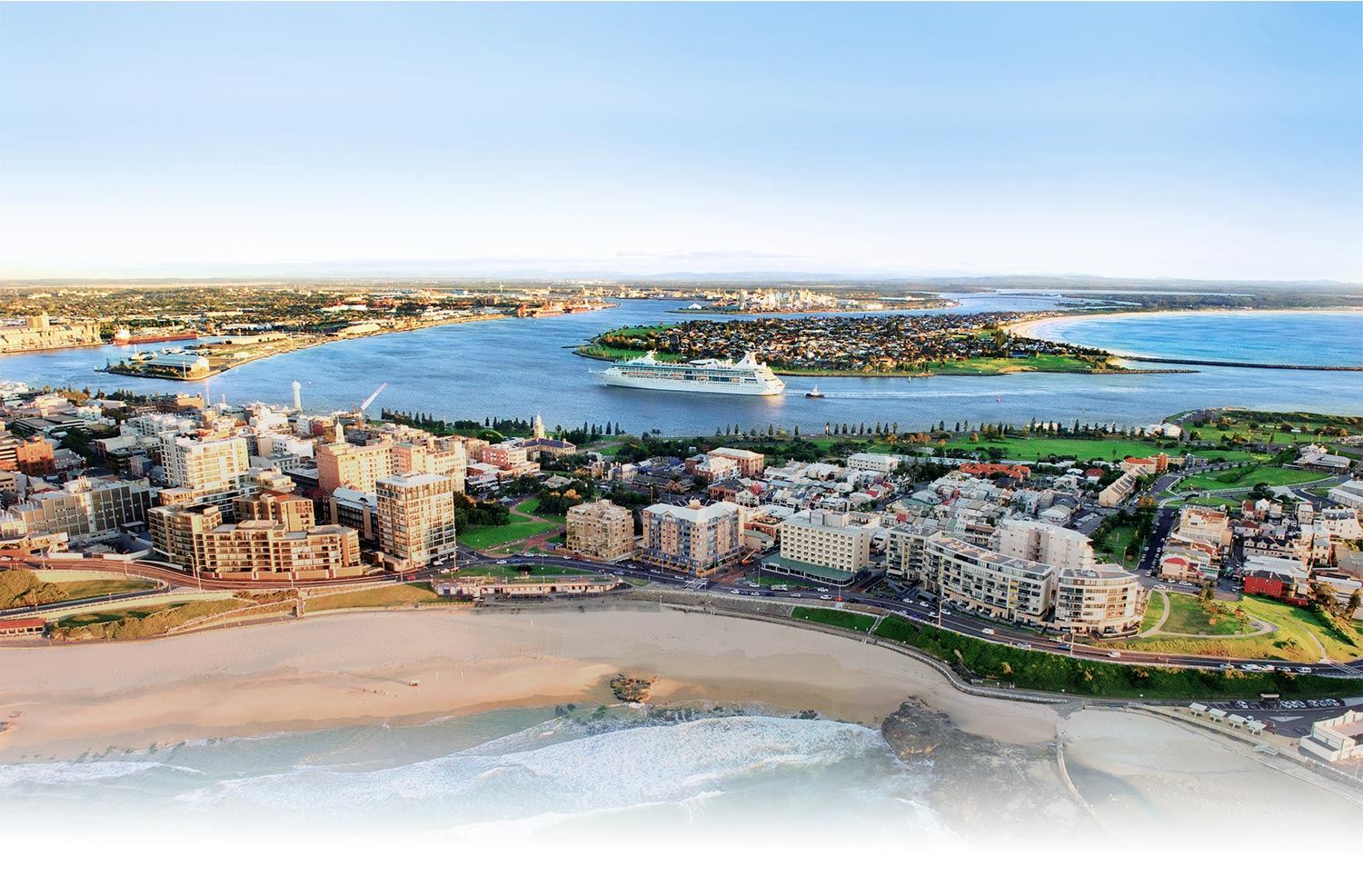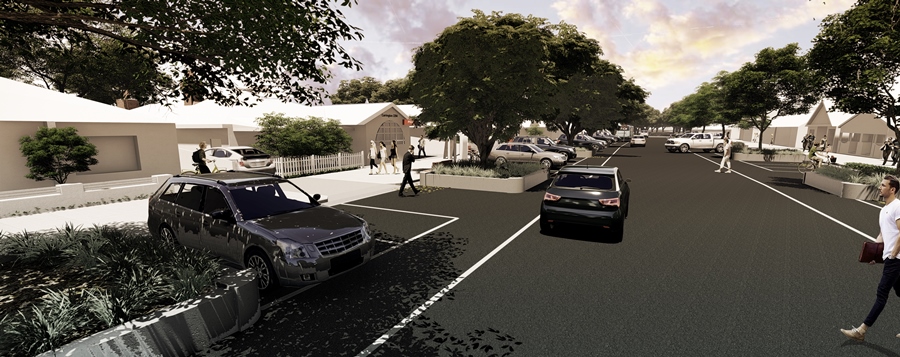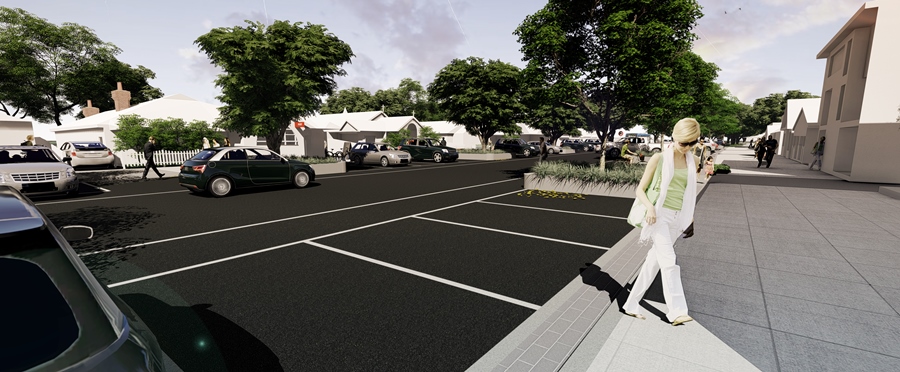
Council prepares for possible sea level rise in low-lying areas
12 Aug 2017
A Newcastle City Council report proposes a combination of flood gates, pumps and a levee to protect Carrington, Maryville, Wickham and Islington in the event climate change causes sea levels to rise by 80cm.
Remedial measures in Council's Strategic Position Paper for Low Lying Areas of Newcastle are estimated to cost between $45million and $55million and include a levee with an average height of 80cm.
Carrington is especially low lying with ground water on average just 50cm above sea level.
The report found that if sea levels rose by 80cm, then ground water would be permanently at the surface in parts of Carrington, Maryville, Wickham and Islington.
"Flood gates, pumps and a levee are solutions proposed to respond to what could otherwise become a very serious problem for the city's low-lying coastal areas," Newcastle City Council's Interim CEO Jeremy Bath, said.
"Funding from all levels of government would be required to address the issues faced by our harbourside suburbs."
Council is in the process of installing equipment to monitor sea and groundwater levels at a cost of $100,000 a year in Carrington, Maryville, Wickham and Islington. Groundwater monitoring wells will also be installed at a one-off cost of around $40,000.
Meanwhile, Council will today commence a $3.5 million program of improvements on Young St, Carrington, to help mitigate localised flooding, which has become a significant problem for nearby businesses.
 Artist impression of Young St following the upgrade.
Artist impression of Young St following the upgrade.
The project to overhaul Young St will see the roadway, footpath and drainage rebuilt between Forbes and Cowper streets and address problems posed by root systems to pedestrian safety and on-street parking.
Mr Bath said alleviating stormwater problems required the removal of 14 fig trees.
"The figs in Young St have been damaging infrastructure and causing localised flooding or ponding and other street-level hazards for many years," he said.
"The Young St reconstruction will help alleviate stormwater flooding that plagues Carrington and allow Council to change the street level, including the crest of the road.
"Over the past two years we've been working closely with the local community on a complete overhaul of the street. This includes the replacement of the road, footpath paving, drainage and trees to get the best possible outcome."
 Artist impression
Artist impression
Replacement street trees will be planted in raised concrete planter boxes to prevent future damage to infrastructure and new lighting will be placed along the school crossing as well as along Young St.
The existing seafarers' street furniture will be retained following feedback from workshops in 2015 with the local community. New bike racks will be installed as well as rear-to-kerb parking, which will increase the number of car spaces outside local businesses.
An information session held in early 2016 sawresidents select a preferred street design and brushboxes and tuckeroos as the replacement trees before design options were placed on public exhibition. Council exhibited the plan and adopted the final public domain plan for Young St Carrington in October 2016.
A flora and fauna report included in a review of environmental factors for the project recommended felling the trees in winter to minimise the impact on local fauna.
Carrington is one of Newcastle's low-lying suburbs and is currently subject to regular inundation during flash floods, king tides and significant rain events.
While tide gates currently help reduce ocean inundation, the strategic plan for low-lying areas includes a series of responses that commence once sea levels rise by as little as 10cm. Construction would likely begin on a levee should sea levels rise by 30cm.










